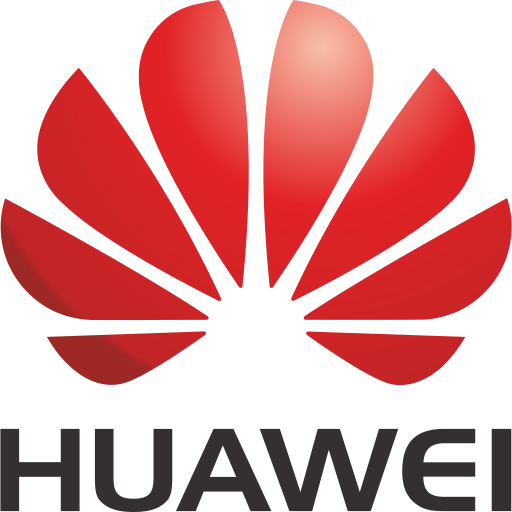
The Art and Science of Medical Illustrations and Animations
Ella Maru Studio
Medical illustrations
Medical illustrations and animations have emerged as indispensable tools in modern healthcare, transforming how complex medical information is communicated, understood, and applied. These sophisticated visual media bridge the gap between intricate scientific concepts and accessible understanding, serving diverse audiences from medical professionals and students to patients and the general public. As healthcare becomes increasingly complex, the role of expert visual communication has never been more critical.
Understanding Medical Visualization
Medical illustrations are scientifically precise visual representations created by professionals who possess deep knowledge of both life sciences and visual arts. These experts translate complex anatomical structures, physiological processes, and pathological conditions into clear, accurate images that convey information more effectively than words alone. Medical animations take this concept further by incorporating motion and temporal sequences, bringing dynamic biological processes to life through 2D and 3D digital storytelling.
The creation of these visuals requires meticulous attention to scientific accuracy combined with artistic skill. Medical illustrators and animators work closely with healthcare professionals, researchers, and educators to ensure every detail reflects current medical knowledge while remaining visually compelling and pedagogically effective.
Revolutionizing Medical Education
One of the most significant applications of medical illustrations and animations lies in education and training. Medical students, residents, and practicing physicians rely on these visuals to understand anatomical relationships, surgical techniques, and disease mechanisms that cannot be easily observed in real life. Three-dimensional animations allow learners to explore the human body from multiple angles, zoom into cellular and molecular levels, and witness physiological processes as they unfold over time.
Unlike traditional textbook diagrams or cadaver dissection, animations can demonstrate living processes such as blood flow, neural signaling, or the progression of disease. This dynamic representation enhances comprehension and retention, helping students build mental models that translate into better clinical practice. Surgical simulations and procedural animations provide invaluable training opportunities without risk to patients, allowing healthcare professionals to practice and refine their skills.
Empowering Patient Communication
Medical illustrations and animations have transformed patient education and informed consent processes. When patients face diagnoses or treatment decisions, visual explanations help demystify complex medical concepts, reducing anxiety and fostering active participation in healthcare decisions. Animated explanations of surgical procedures, medication mechanisms, or disease progression enable patients to understand what will happen to their bodies in ways that verbal explanations alone cannot achieve.
This visual approach transcends language barriers and educational backgrounds, making healthcare information accessible to diverse populations. Patients who understand their conditions and treatments demonstrate higher compliance rates, better health outcomes, and greater satisfaction with their care. The emotional impact of clear, compassionate visual communication cannot be overstated—it transforms the patient experience from passive uncertainty to informed partnership.
Driving Innovation in Medical Marketing
The pharmaceutical and medical device industries extensively utilize medical animations to communicate product benefits and mechanisms of action. Whether showcasing how a new drug targets specific cellular pathways or demonstrating the implantation and function of a medical device, animations convey complex technical information to physicians, regulators, investors, and patients. These visuals support regulatory submissions, sales presentations, conference exhibits, and digital marketing campaigns, accelerating product adoption and market success.
Enhancing Research and Development
Medical animations facilitate collaboration among research teams by visualizing hypotheses, experimental designs, and findings. Scientists use animations to explore molecular interactions, simulate drug delivery systems, and present research results in compelling ways that engage both scientific and public audiences. This visual communication accelerates knowledge transfer and supports grant applications by making abstract concepts tangible and memorable.
The Future of Medical Visualization
As technology advances, medical illustrations and animations continue to evolve. Virtual reality and augmented reality applications are creating immersive educational experiences, while artificial intelligence is beginning to assist in the creation of personalized patient education materials. The integration of real-time medical imaging data with animation technology promises even more precise and individualized visual communication.
Medical illustrations and animations represent far more than aesthetic enhancements to healthcare communication—they are essential instruments for education, patient care, innovation, and public health. By making the invisible visible and the complex comprehensible, these expert visual tools are reshaping medicine and improving outcomes for patients and professionals worldwide. As healthcare continues to advance in complexity and reach, the demand for skilled medical illustrators and animators will only grow, cementing their role as vital contributors to modern medicine.




